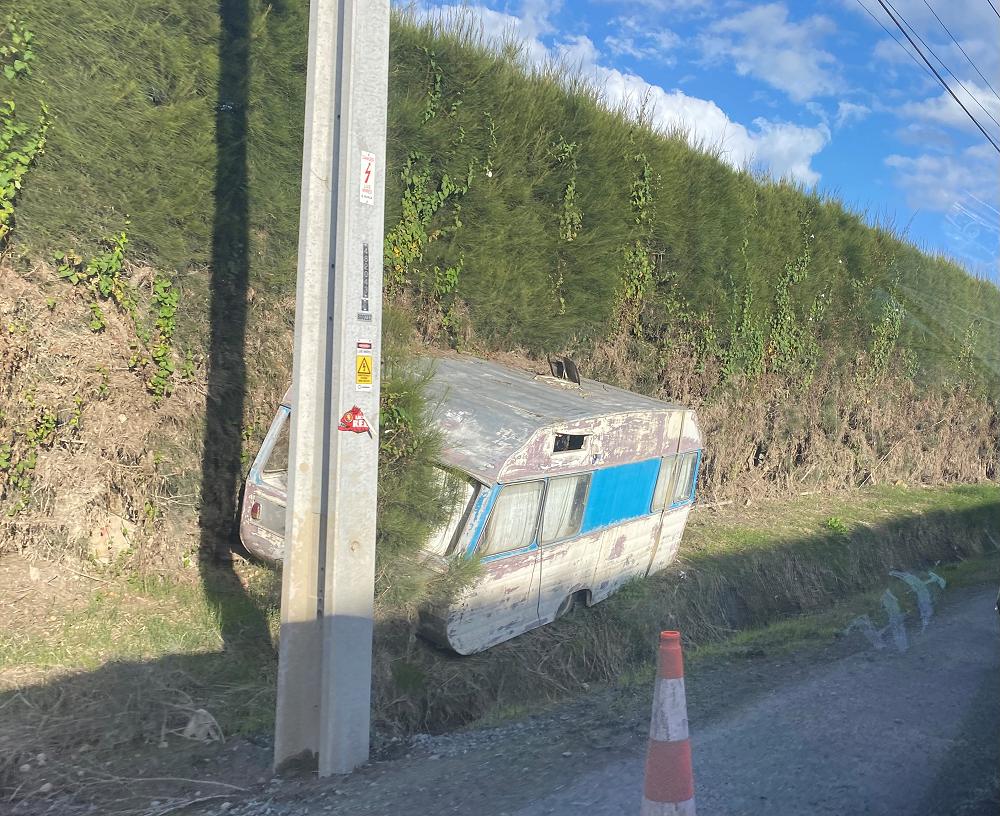
The Church as Sanctuary
In normal times our homes are our sanctuaries, our places of refuge, places where we can hide from the storms of life. Places where we can and often do find healing and help. That’s how it often is, and that’s how it should be. But what about when it’s not – when our home comes crashing down around us, or is washed away in a flood, or is destroyed by a falling tree or a hurtling boulder the size of a car? What then, to whom shall we go, whither shall we flee?
The word “sanctuary” has been used in several ways in the history of the church. Some Christian denominations use it to speak of the area in a church building that surrounds the communion table. Others use it to describe the whole worship centre or church building. In earlier times King Solomon’s temple had a “sanctuary”, the Holy of Holies where the Ark of the Covenant resided. More recently Jewish synagogues have called their main prayer room “the sanctuary”.
There is another meaning which has a long history amongst people of faith and that is to speak of a church building, or a particular area or even a city, as a place of refuge, safety, deliverance and hope. In the Hebrew bible, in Joshua 20:7-9, we read of the establishment of six cities of refuge or sanctuary. These were places to which a person falsely accused of murder might go to explain their case and be given shelter until the case was resolved. Much later, in medieval England, beginning in the 4th century (CE) many church buildings were designated as places of sanctuary or refuge. During the Wars of the Roses in the 15th century, after battles, those on the losing side would rush to find sanctuary in the nearest church until it was safe to leave it. The Queen of Edward IV, another Elizabeth, did just that, taking her young daughters with her and finding sanctuary in Westminster Abbey until her husband was restored to the throne in 1471. Until the 17th century churches in England licensed to do so provided legal protection to those seeking refuge in their midst. King James I abolished the legal aspects thus weakening the protection provided. However, many churches still saw themselves as places of refuge or sanctuary even though this no longer had legal standing.
In the 21st century many churches in the United States and elsewhere have been at the forefront of providing sanctuary to refugees and immigrants. Here in Aotearoa New Zealand a number of Methodist and other churches have worked alongside refugee families helping them to settle. This significant work can be seen as a sign of Christ’s compassion reaching out to those whose lives have been threatened in other jurisdictions.
The issue before us now, in the light of the huge damage done to this country by Cyclone Gabrielle, is how can we as Christian congregations offer sanctuary to those who have lost their homes, their livelihoods and in some cases their beloved family members? In some respects, it may be too late to ask that question but it is not too late to learn from this experience. It is not too late to remind ourselves of our calling to be people of compassion and for our places, our churches, to be known as places of hope, healing and compassion in our wider communities. Cyclone Gabrielle is neither the first and nor will it be the last devastating natural disaster to afflict our country. The question is: can we take steps to be more responsive, more effective and more compassionate when the next calamity emerges?
Methodism has been blessed with many fine buildings and these are often strategically placed. We have at our disposal churches and halls equipped with kitchens, toilet blocks and safe spaces. We are stewards of these places, charged not only with their maintenance but with their use as part of our mission as people of faith. My dream is that in the future we can offer these buildings to the wider community as sanctuaries. In the meantime let us work to equip our buildings with whatever might be necessary to make them effective sanctuaries, places of refuge. Let us commit ourselves to ensuring that every church hall is equipped with a number of mattresses, adequate heating, cooking utensils, tables and chairs, defibrillators, all things that in an emergency can make a huge difference to those enduring calamity and hardship, and needing warmth, a welcome and practical support.
Let this be a vital part of our response to our Lord’s word: “Do unto others what we would have them do for us.” And let us do it all in the name of Christ.
